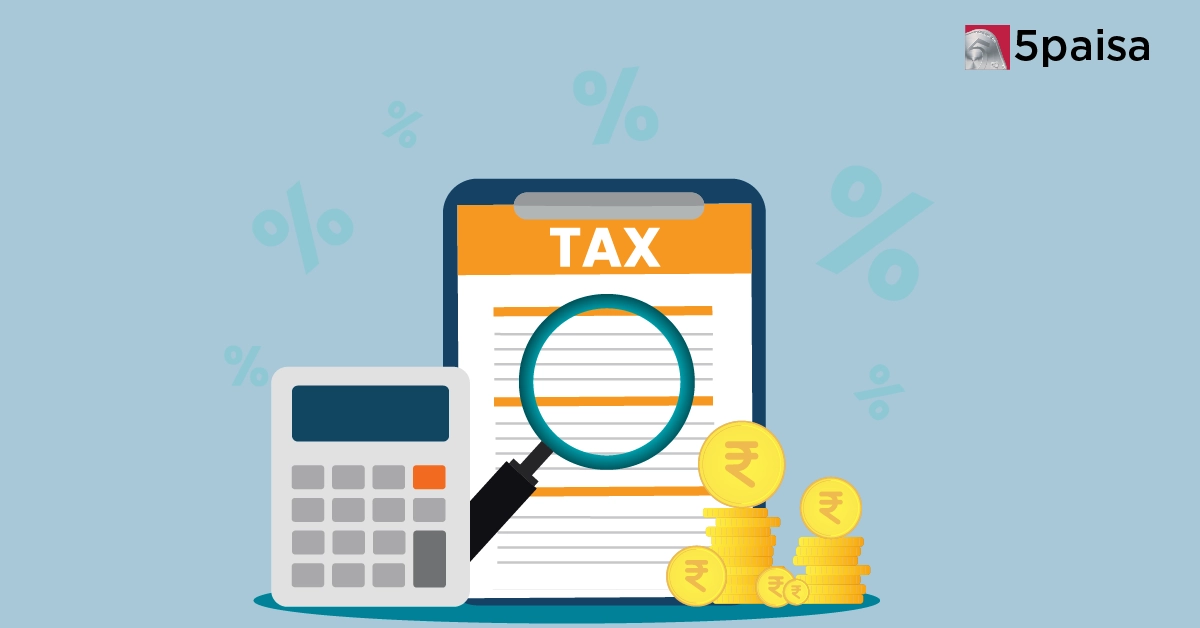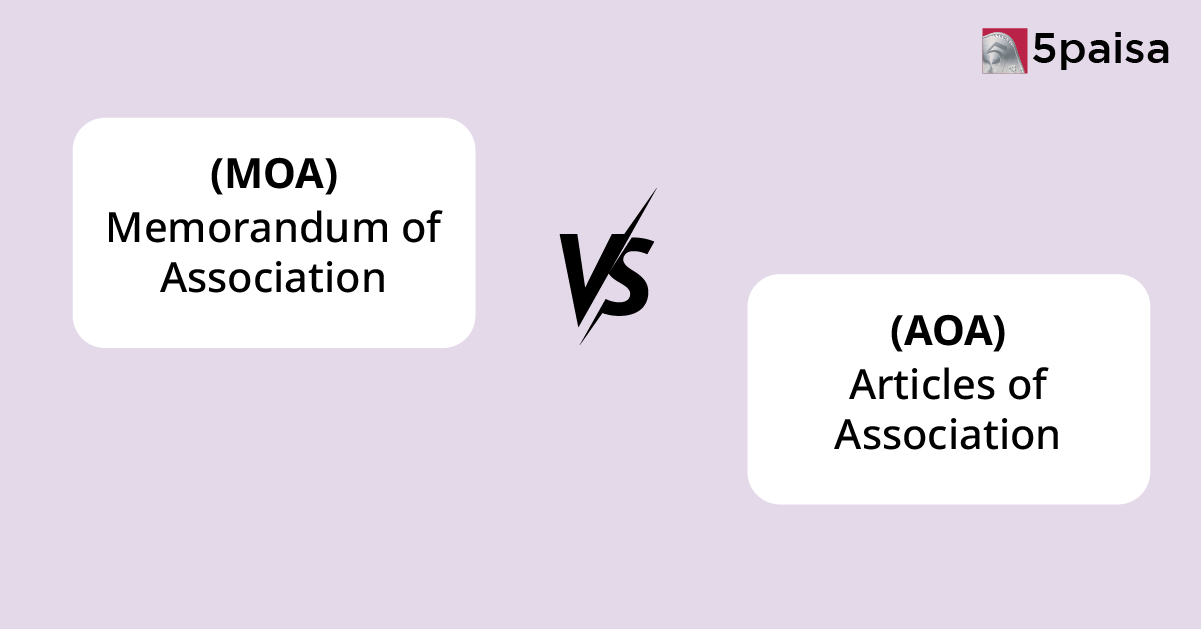- Home
- Blog
Recent articles
Trending on 5paisa
Subscribe our blog on whatsapp
unlock the full potential of our blogs by subscribing and account today. Signup now and enjoy the premium services of 5paisa blog
+91
Please enter mobile number
All Articles
- Dec 12, 2025
- 1 min read
- Dec 12, 2025
- 1 min read
- Dec 12, 2025
- 1 min read
- Dec 12, 2025
- 1 min read
- Dec 12, 2025
- 2 min read
- Dec 12, 2025
- 3 min read
- Dec 11, 2025
- 2 min read
- Dec 11, 2025
- 2 min read
Open Free Demat Account
Be a part of 5paisa community - The first listed discount broker of India.
- Flat brokerage
- Dedicated platform for F&O
- 0 account opening charges
- Trade on charts
- MTF facility up to 4X leverage
- 0%* Commission on Mutual funds
+91
By proceeding, you agree to all T&C*
footer_form




 5paisa Capital Ltd
5paisa Capital Ltd


